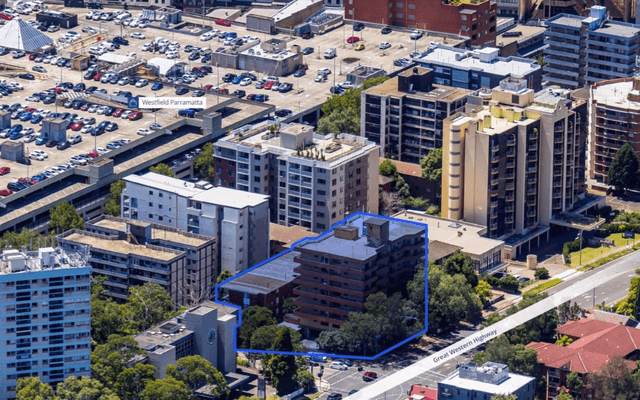This article is from the Australian Property Journal archive
NEW residential dwellings that were approved but have not gone ahead has surged to unprecedented levels, driven by abandoned apartments in New South Wales, Victoria and Queensland, according to the Australian Bureau of Statistics.
The ABS “Abandonment rates for new dwellings” report looked at approved dwellings that are not going to commence or continue, and the building job has not been sold to another entity; or no construction has commenced within the required period and the approval has expired.
The report found new residential dwellings approved but not yet commenced has surged to unprecedented levels over the last few years peaking at 45,668 in December 2017 before beginning to decline over the past six quarters. This has been driven by other residential dwelling approvals, particularly for new apartments in New South Wales, Victoria and Queensland.
Whilst the number of approved dwellings abandoned has increased slightly over the past decade, with 5,280 dwellings abandoned in the 2018-19 financial year compared to 4,636 in the 2008-09, the abandonment rate as a proportion of approved dwellings has decreased.
According to the ABS, the abandonment rate reached a peak of 3.4% in the 2008-09 during the global financial crisis. As the economy recovered, dwelling approvals increased to a peak of 236,867 dwellings in 2015-16, and the abandonment rate subsequently fell to a low of 1.2%.
But the abandonment rate has increased again in the most recent financial year, from 2.0% in 2017-18 to 2.8% in 2018-19, largely driven by a decrease in dwellings approved of 38,349 dwellings, along with a slight increase in the number of dwellings abandoned of 536 dwellings.
The report also found until 2016-17, the number of houses abandoned tended to be higher than the number of other residential dwellings abandoned, which it attributes to the changing economic conditions, concerns of oversupply and building quality. The rate of houses abandoned has decreased from 3.0% in 2008-09, to 2.2% in 2018-19.
In comparison, other residential dwellings were abandoned at a peak of 4.6% in 2009-10, decreasing to a low of 1.1% in 2015-16 in line with strong increases in approvals up to a peak of 116,695 dwellings in 2015-16. However, the rate has increased to 3.5% in 2018-19, driven by a 27.7% fall in approvals of 30,332 dwellings this financial year.
New South Wales continues to have the highest number and rate of dwellings abandoned out of the three eastern states in the past decade. The rate peaked at 6.8% in the 2008-09, decreasing to 1.3% in 2015-16 before increasing to 4.1% in 2018-19.
The ABS also found there has been a recent increase in the average time between approval and commencement for these projects, which could indicate an increased risk that these projects will not proceed.
The majority of dwellings that are abandoned, usually do so within five quarters of their approval, in contrast very few dwellings are abandoned after construction has commenced (761 dwellings in 2018-19). The majority of dwellings currently in the pipeline have been approved within the previous five quarters. Despite the pipeline of approved dwellings increasing over the past few years, there has only been a gradual increase in approved projects that have been waiting for more than five quarters to commence.
The average commencement time for apartments increased considerably from 2014-15, reaching 1.57 quarters (20 weeks and three days) in 2017-18, before flattening out in 2018-19 at 1.59 quarters (20 weeks and five days). This is in line with an increase in the number of apartments approved, particularly from late 2014 onwards.
In New South Wales it has increased steadily since 2012-13, from 0.86 quarters (11 weeks and one day) to 1.99 quarters (26 weeks) in 2018-19. Victoria and Queensland have also increased over the same period (to 1.30 quarters (17 weeks) and 1.48 quarters (19 weeks and two days) respectively in 2018-19), although not to the same extent as New South Wales.
Meanwhile the average time between approval and commencement for houses declined in all states in the 2014-2019 period compared to the 2009-2014 period, with the exception of South Australia and the Australian Capital Territory. Western Australia saw the largest decrease with a fall of 0.12 of a quarter (one week and four days), while South Australia saw the largest increase of 0.04 of a quarter (four days).




